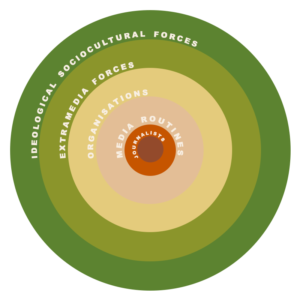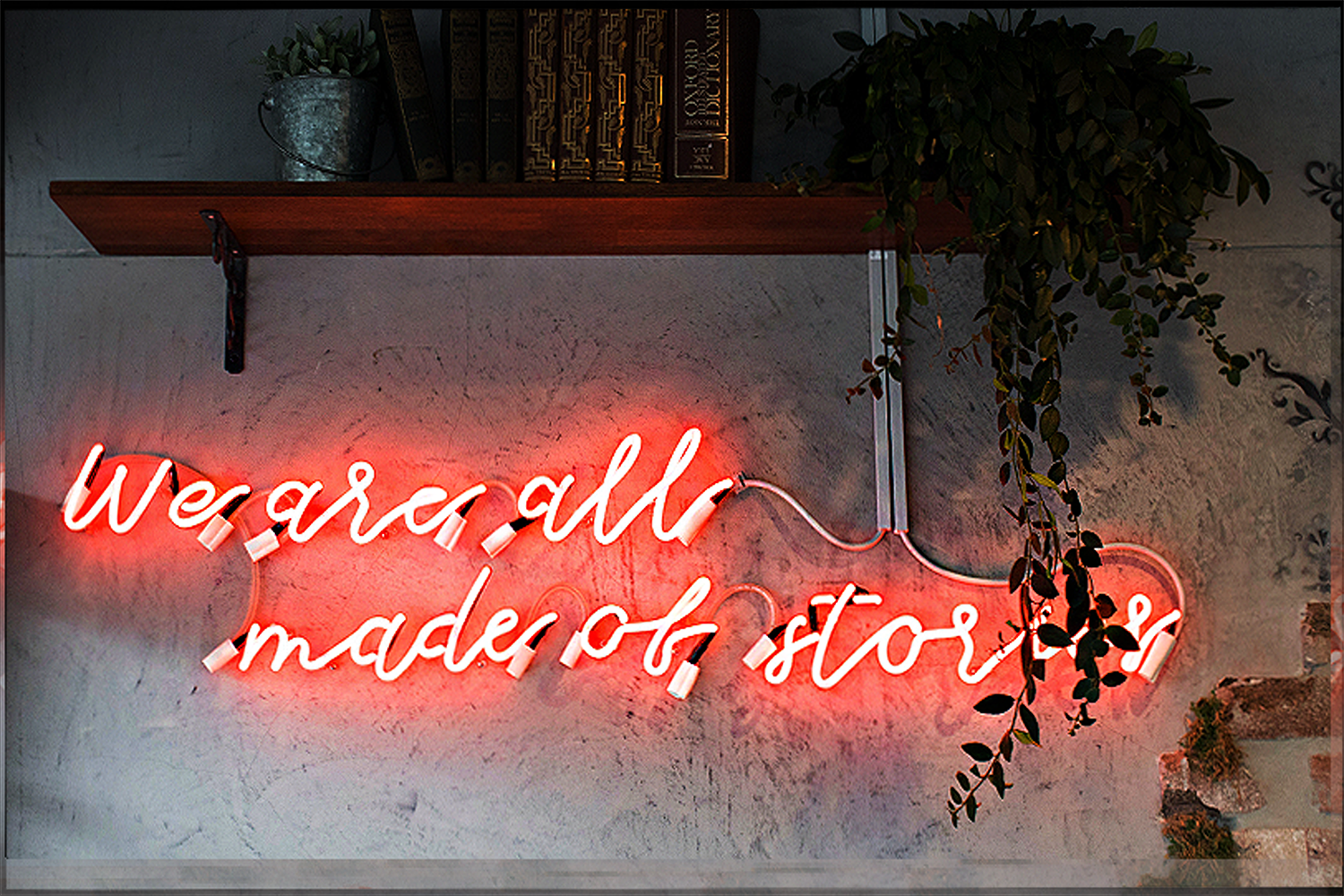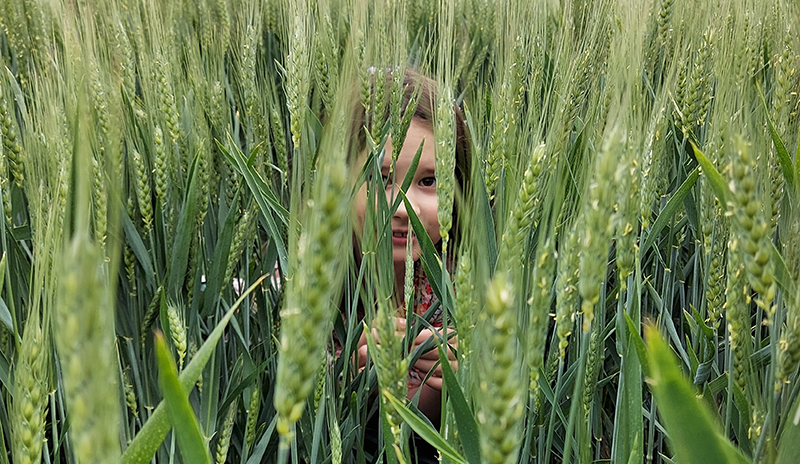The Alchemist, the Scientist and Me. How influence and attraction compels us everyday, and why businesses need both
Marketing is a science. Insights from psychologists, behavioural scientists and advertising gurus informs the marketing mix to ensure that consumers are served the right information at the right time. We understand the sales funnel and that on average a consumer will need seven interactions with a brand before they buy into. It can all be measured and charted and planned out. Julie Zhou explores the science of marketing in Forbes.
We as consumers, as the public at large, have largely come to terms with how marketeers compel us to make particular choices, and by and large, we’re comfortable with it. The social contract between brand and customer is well established. Of course, there are limits; we don’t seem to like it when marketing boundaries intrude into our lives too much, when they snoop on our conversations or cross the line of good taste – the low-cost airline Ryanair fell foul of that line with their recent marketing campaign “jab and go”, read about it in The Guardian if this story missed you.
Influence, on the other hand, is an art. PR is another name for influence – but nowadays it covers so much more than just media relations; digital PR, social media, mass market, it’s all about subtle, subversive messages. See our infographic below for a quick overview of some of the different flavours of influence in the media at the moment.

It’s much, much harder to measure, though a lot of PRs try – we might write more about the pitfalls of this one day. It can’t always be planned for, after all who knows what next week’s news agenda is going to look like. And it can’t always be explained very easily. That doesn’t mean you should be put off doing it; we’ve already written about why you need a story, but in a nutshell it’s a way of creating a lasting impression; a way of standing out.
There’s something that makes us uneasy about the idea of influence. I might feel quite content about the idea that I purchased a particular brand of washing up liquid because I saw an advert on TV; I can follow the scientific process backwards and it feels like I was in control. Whereas, thinking that I chose my toothpaste based on influence, is much more alarming. I can’t follow that process. I can’t pinpoint at which moment I made the decision. Did I even make the decision? In fact I subconsciously saw the toothpaste in the background of an instagram post, and then again when their CEO commented in the newspaper on a story about single-use plastic. The alchemy of influence gradually, imperceivably, incrementally changed my opinion about toothpaste.
Familiarity and change The bunsen burner was invented in the 1850s and has remained pretty much unchanged ever since. Coincidentally, this was about the time advertising became a central part of our daily lives, taking advantage of emerging mass-media printing. Many of the tools and techniques used by marketeers have been around for a long time, this might explain why we’re more comfortable with the idea of marketing. There is still something new and unfamiliar about the idea of influence. The work of influencers is evolving constantly. Even classical PR, the most traditional and conservative flavour of influence, has changed so much in the last decade. Our own Andy Williams wrote a bit about some of the ways PR has evolved recently here. Both marketing and PR, the science and the art, will need to evolve again. More than five years ago research began to emerge suggesting that marketing as we know it might not work in the post-digital age. For those who are still adjusting to the new world of influence, the idea of even more change is terrifying. We found some tips from a psychologist on why change isn’t a bad thing, and how to prepare yourself for it.
Base into gold.
How does this influence business work then? Allow us to introduce you to the ‘hierarchy of influence’.

This model is an attempt to peek behind the curtain, and understand the magic of influence. Stephen Reese at University of Texas at Austin has published research equating the influence process to Maslow’s hierarchy of needs. There’s more science at play when we think about how groups of people are influenced, dating back to mans early days on earth. How decisions made by a few in the middle of the pack help steer the direction of the wider group. It’s called the ‘wolfpack mentality’ and there’s lots more about it here .
See how the art of influence is starting to look like a science? This is alchemy.
The secret to getting to the gold is understanding the ingredients, the different layers in Reese’s model and how one transforms the other. We could think of it as an equation.

A note of caution. Equations like this make the process look formulaic. But as we know from the second series of Blackadder, alchemy doesn’t always go according to plan. Though searching for gold, we’re sometimes left holding a lump of purest green. The good thing about this is that you can switch ingredients to work out the best recipe for you.
Knowing some of the risks, and navigating them skilfully is what blurs the line of art and science. For the PR alchemist, the risks are not explosions or chemical mis-reactions, but reputational damage.
So don’t try these experiments at home, leave it to the PRofessionals.
Either or? Both.
For enterprises watching the bottom line, deciding how to allocate resource can feel like an either or, but it need not be so. There’s an appeal with marketing; the data, the surety – it’s all very reassuring, you know it’s going to work and can see the hard evidence physically. No influencer is going to make those kinds of promises; you won’t be able to trace back particular sales to particular PR campaigns, but there’s a magic to it and with a bit of luck (and the right PR partner), you can strike gold.










What do you think?